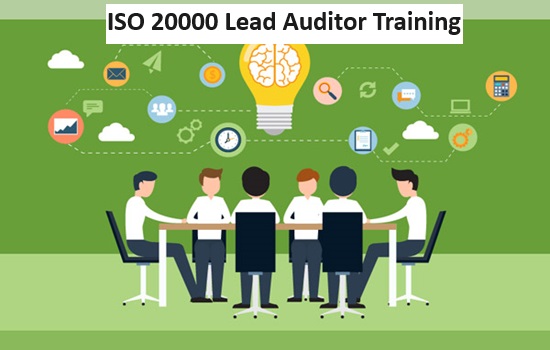
Industry transformation, consumer experience transformation, and unprecedented innovation acceleration are all being driven by artificial intelligence (AI). Businesses can benefit greatly from artificial intelligence (AI) in a variety of ways, from hyper-personalization and robust automation to more intelligent decision-making and predictive analytics.
A unified framework for controlling AI risks, ethical standards, and responsible AI development is all imperative given AI's revolutionary potential. In particular, the release of ISO/IEC 42001 in 2023 marked a major milestone. Here, we examine how ISO/IEC 42001 has shaped the field of artificial intelligence and ensured that products and services are developed, used, and supplied ethically.
What Makes ISO/IEC 42001 Significant?
The significance of putting in place an AIMS in businesses:
- Particular things to think about with AI: Particular issues are brought up by an AIMS, including non-transparency, non-explain ability, and automated decision-making.
- Change in methodology for system development: As opposed to using human-coded logic, an AIMS uses data analysis, insight, and machine learning, which modifies the way systems are created, justified, and implemented.
The significance of conforming to ISO/IEC 42001:
- Adapting to Special AI Characteristics: It acknowledges that businesses should concentrate on the unique characteristics of AI and take appropriate action when necessary, such as keeping focus on the effectiveness of AI systems that employ continuous learning to guarantee their responsible application in the face of evolving behaviour.
- Combining with the Current Management Frameworks: It highlights how the organization's procedures and general management structure should be integrated with the AI management system.
- Taking Care of the Important Management Procedures: It outlines key management procedures that must handle AI-related concerns, such as risk management, organizational goals, the reliability of AI systems, and supplier and partner management.
- Rules for Implementing Controls: It offers instructions for implementing relevant controls to assist AI-related operations.
- Implementation Flexibility: It enables businesses to implement essential procedures by their unique AI use, products, or services by combining recognized frameworks and standards.
- Compatibility with Other Standards: It uses a unified framework to improve conformity with the standards of other management systems, including those about privacy, security, safety, and quality.
Structure of ISO 42001 Standard
The ISO/IEC 42001 standard follows these 10 clauses like
- Clause 1 Scope: Its goal, target audience, and scope are all outlined in the first clause.
- Clause 2: Normative References: The second clause lists the externally referenced documents whose contents, in whole or in part, are regarded as ISO/IEC 42001 requirements. It contains the ISO/IEC 22989:2022, which offers vocabulary and concepts related to AI.
- Clause 3: Terms and Definitions: The third clause gives definitions and terms that are necessary for understanding and applying the standard's requirements.
- Clause 4 Organizational Context: The fourth clause needs enterprises to comprehend the internal and external issues, such as roles of AI systems and numerous contextual elements affecting operations, that may influence their AIMS.
- Clause 5 Leadership: Top management must show commitment, incorporate AI requirements, and promote a culture of responsible AI use, according to the fifth clause.
- Clause 6 Planning: This clause mandates that companies make plans for dealing with opportunities and risks, establish AI goals and devise strategies to meet them, and schedule adjustments.
- Clause 7 Support: To support the creation, application, upkeep, and enhancement of the AIMS, companies must make sure they have the requisite knowledge, abilities, and documentation.
- Clause 8 Operation: To achieve requirements, manage opportunities and risks as planned, conduct impact assessments on AI systems, and successfully manage changes, the eighth clause specifies standards for operational planning, implementation, and control processes.
- Clause 9 Performance Evaluation: This clause mandates that organizations track, gauge, assess, and appraise the AIMS's efficacy and performance. To guarantee the AIMS's ongoing acceptability, sufficiency, and efficacy, internal audits and management evaluations are also necessary.
- Clause 10 Improvement: This provision mandates that the AIMS be improved continuously by reviewing the effectiveness of remedial steps used to rectify nonconformities, keeping track of improvement efforts, and retaining written information for accountability.
For the ISO 42001 Auditor Training
Punyam Academy Pvt. Ltd. is a certified training provider offering e-learning courses, documentation, presentations, and KPO services for customer audits. We specialize in ISO standards and management system standards, offering awareness, lead implementer, auditor, and lead auditor courses. Punyam Academy offers effective, time-saving online training sessions and webinars, allowing students to log in and out anytime, anywhere. Punyam Academy offers this type of ISO 42001 training courses like;
1) ISO 42001 Lead Auditor Training
2) ISO 42001 Certified Auditor Training
3) ISO 42001 Awareness Training
4) ISO 42001 Lead Implementer Training Course


































